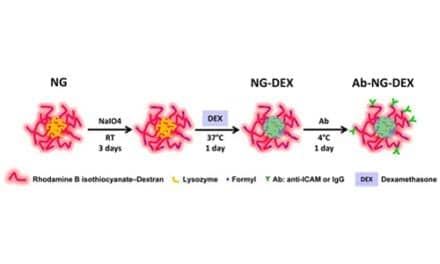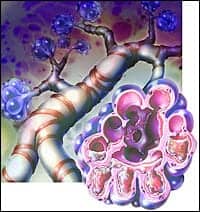A recently published paper reveals the major players in the severe muscle damaged caused by sepsis, which may lead to a new cell therapy to restore muscular function.
To help shed further light on the significant loss of muscle capacity observed in sepsis patients, scientists from the Institut Pasteur’s Human Histopathology and Animal Models Unit investigated the consequences of sepsis on muscle stem cells — known as satellite cells — which develop into muscles, particularly in the limbs.
Researchers observed a drastic fall in the mitochondrial mass of these stem cells in mice. Scientists demonstrated that following sepsis, the few remaining mitochondria provide satellite cells with just enough energy for their basic survival, but not enough for dividing and differentiating into muscle cells when required for muscle growth, repair and maintenance.
This damage, which occurs at an early stage and has a long-term impact, prevents the organism from fully restoring muscle function, hence the persistent muscle impairment observed in patients.










